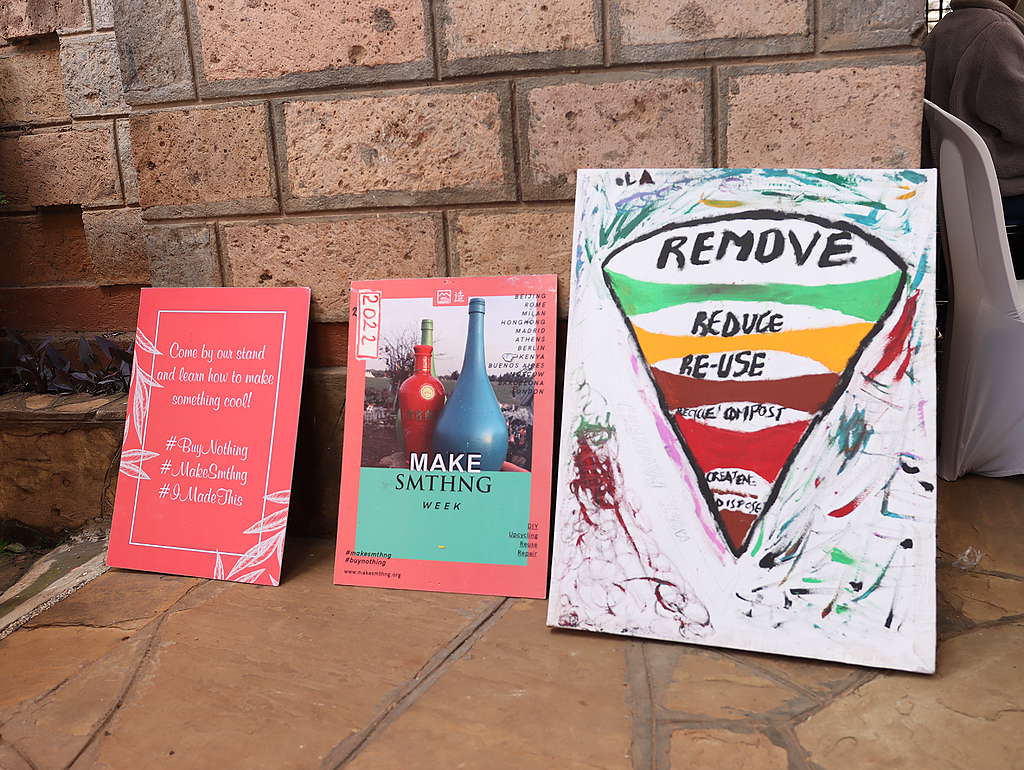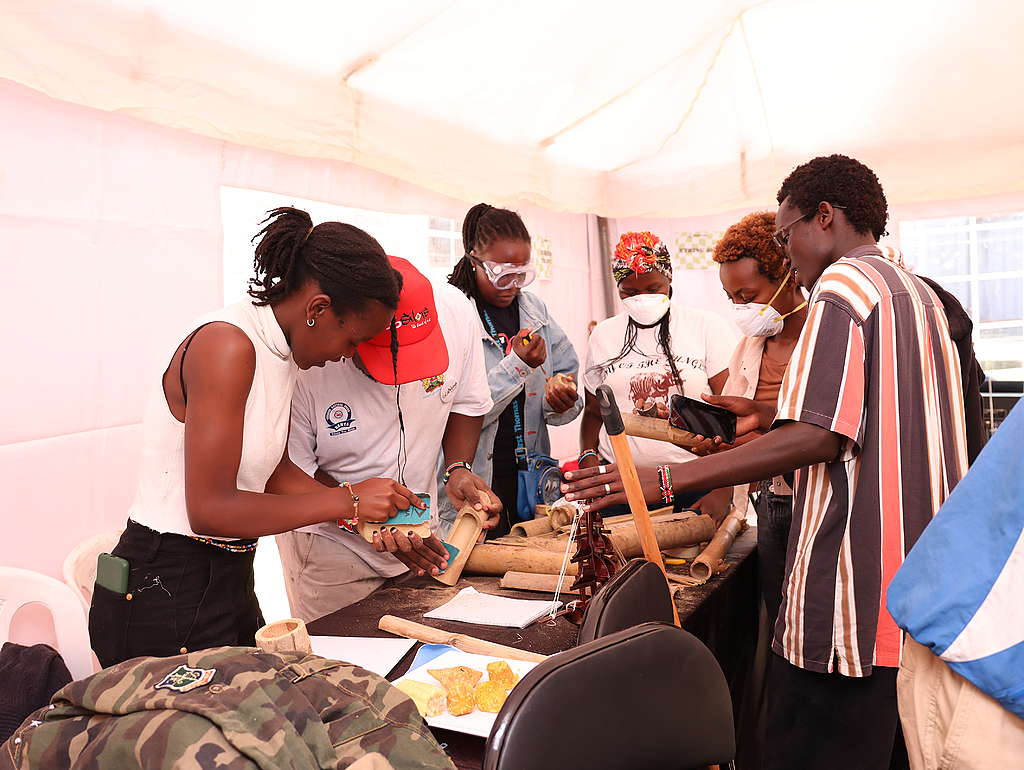The current market is full of beautiful and attractive items, some of which are essential to our daily lives, and some for aesthetics. Sometimes we consume to satisfy an insatiable urge to buy new things. Which makes it seem like it’s worth spending our money on. The products usually come in very appealing styles: beautifully crafted perfume bottles which are colorful and artistic, clothes with attractive designs and appliances with over the top features. Coupled up with the right advertisements just to get our eyes glued and our subconscious minds drooling over them. All this would make us start planning and saving up for certain things and products and when we get the money, we jump into shopping without a second thought, driven by an impulse we cannot control.
Months down the line, we are left with heaps of clutter: broken trinkets, spoiled appliances, torn and worn out clothes and shoes and all the things we thought we needed. These eventually end up in a dustbin. Without thinking about the economic, environmental and social impact of our behavior and impulses.
We need to stop and rewind. From the beginning, where it all starts. We need to ask ourselves why we really buy. Whether we really need it and for how long we will use the items. Do we just buy to satisfy a thirst that quickly ends, and is followed by a need to discard the no-longer needed products? The truth is we can always do better. When we start to think of the environmental damage that we cause due to our behavior and the economic repercussions of buying things just to dispose of them.

Here are a few ways in which you can be a more responsible consumer:
Control your impulses: Control is hard to master but it is the weapon that most advertising companies would use to get our attention and to get us craving to grab their products. The need to buy an item should come from within you, not the attractiveness of an item or the price tag on it.
Avoid: Reduce the time you spend on shopping sites. It has a direct effect on your subconscious mind and makes it harder for you to control your impulses when you are shopping. During high shopping seasons especially the famous black Friday, all sites are usually filled with compelling advertisements with slashed prices. Before we know it, we are tapping the buy option.
Repair: the first instinct should be to fix an item that is broken rather than throw it away. Mend the clothes and shoes that are torn. Learn a new skill if you have to. Throwing something away should be the last option. There are people, like tailors and cobblers who work specifically to mend and repair torn items, if you don’t want to do it yourself.
Repurpose: make something new out of your used items or use it for something else. Do not buy an item with the mindset of discarding it if it is not as useful as you thought. Donate it if you can. Something that is not useful to you might be the current need of someone else.
Rethink: this has to happen in all your consumption stages. Rethink before you put an item on your shopping list, before you pay for it and before you quickly throw it away after it breaks or you are done using it. What is the overall impact of what you are buying to the environment and to your wallet?
Make something yourself. You do not have to buy everything. You can make new items from what would have rather been wasted. It saves you money and improves your creativity.
Conscious consumerism is when we are more aware of the impact of our consumption behavior. When we start to ask ourselves these vital questions, regardless of what we hear or read about the products, and start to buy according to our needs and not temporary wants, then we move a step closer to sustainability.

Barbra Kangwana
Community Trainer,
Planet One Ubunifu Hub.



Discussion
GOD